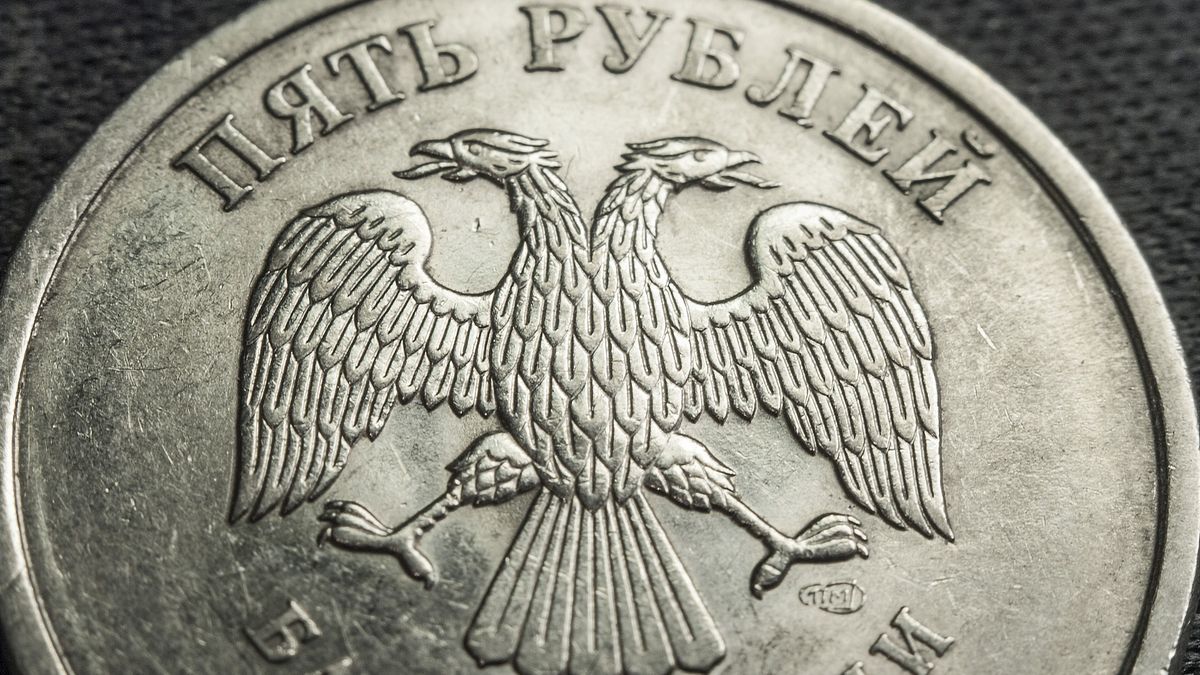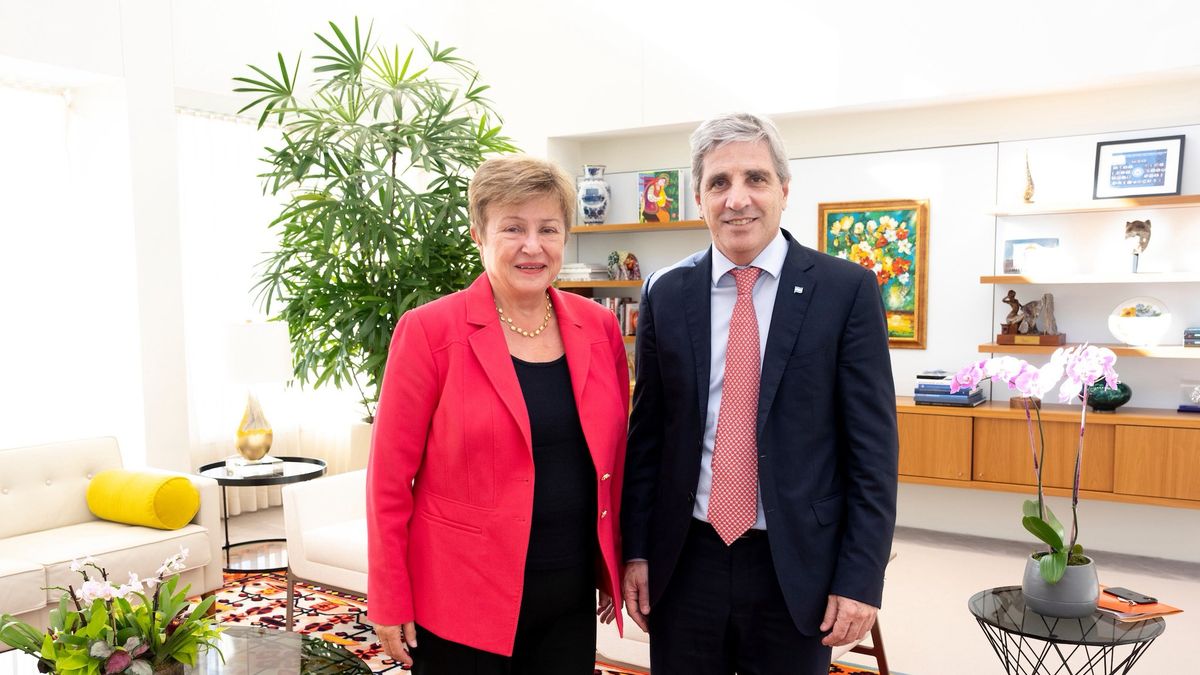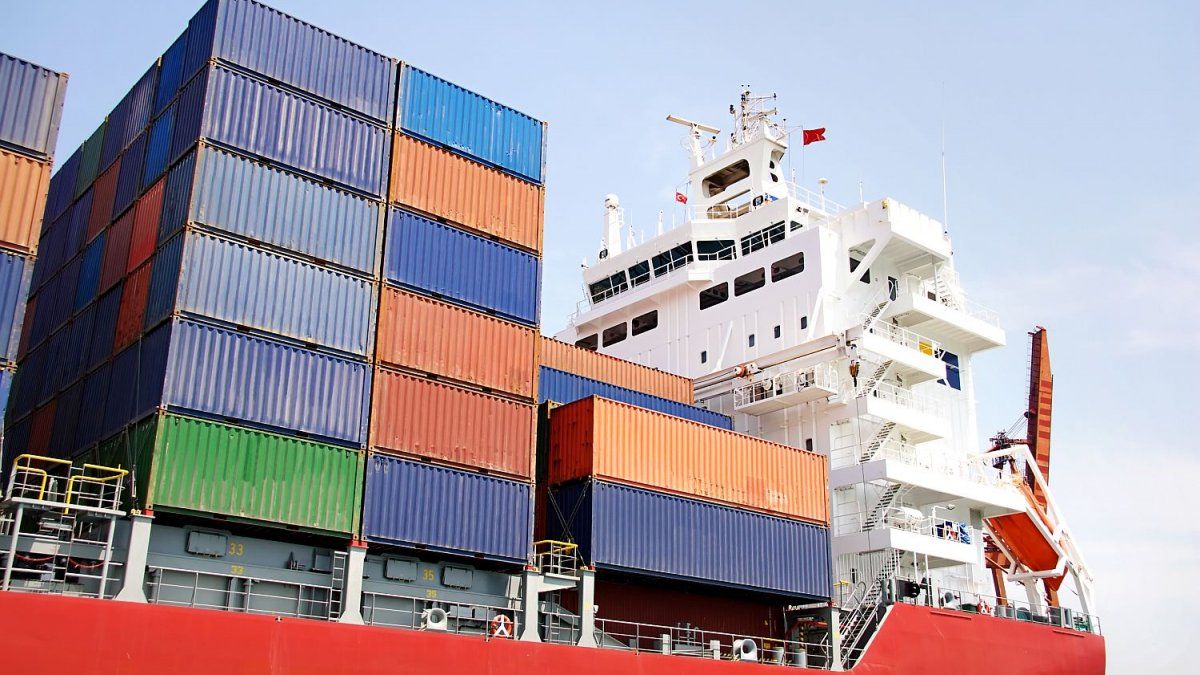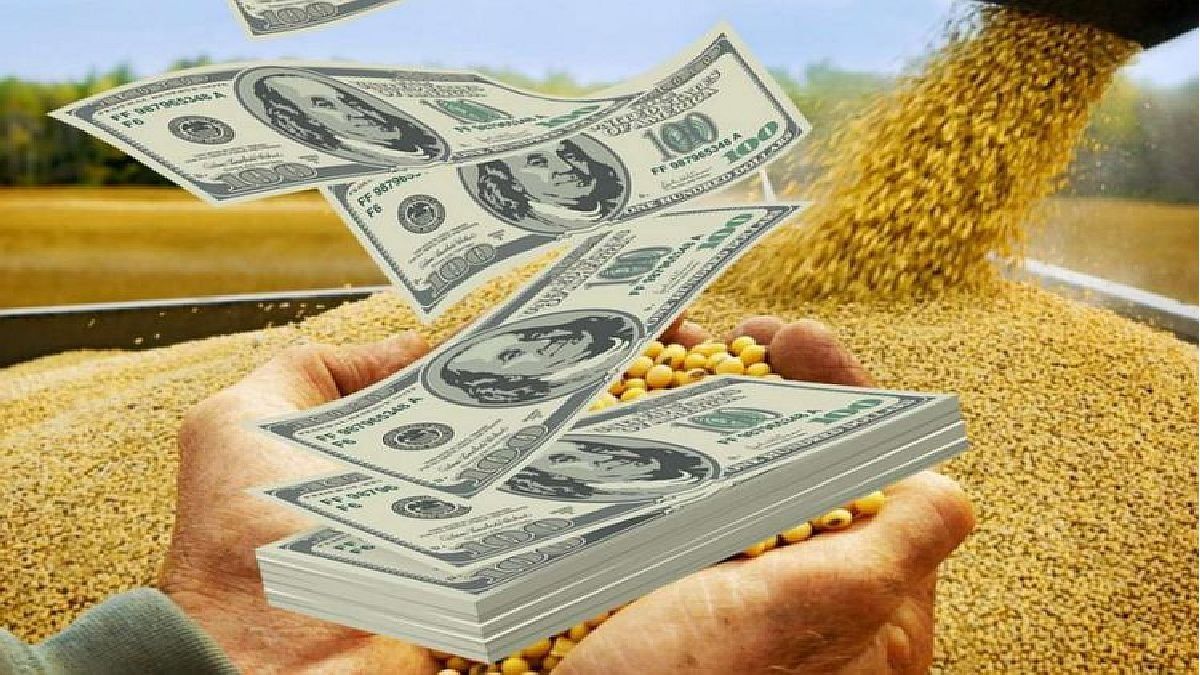In late March, Russia insisted that European Union countries buying natural gas must pay in rubles, rather than dollars or euros. This was when the ruble fell 40% from pre-war levels, offering a good deal for buyers.
European countries are heavily dependent on Russian gas, and despite plans to move away, there are no alternative suppliers they can easily turn to. In addition to boosting demand for the ruble, this step was also a way for Moscow to circumvent sanctions designed to restrict Russia from acquiring dollars or euros to pay off its foreign debt.
Rising oil and natural gas prices also mean that a country that imports crude oil from Russia will now have to pay more dollars per barrel and therefore need more rubles.
On February 28, the Russian Central Bank raised its interest rates to 20% in an emergency measure. This means that anyone looking to sell rubles for dollars now has an incentive to hold the Russian currency, which in turn would cushion the ruble from falling.
In addition, the Russian government forced export-focused companies to convert 80% of their foreign currency into rubles.. For example, if a Russian company earns $100 from the sale of a commodity to a US-based company, it has to exchange $80 for rubles, regardless of the exchange rate. Considering that Russia has resilient trade relations with a number of foreign companies, the move triggers significant demand for the Russian currency.
Although it seems contradictory, The Russian ruble this week hit highs not seen since 2015 against the dollar. The ruble has become strong in the midst of a war that directly involves Russia, historic sanctions by the West, an intense recession in the economy and a debt on the verge of default.
Softer inflation and a very strong ruble give the Bank of Russia room to lower interest rates sharply and try to stimulate the economy. Although it is still too early to make any concrete predictions, the Russian economy may be holding up better than initially expected. Russia is taking advantage of the drastic rise in raw materials and food shortages. Despite the sanctions, Moscow has continued to export oil, gas or grain at higher prices, which is boosting the ruble, on the one hand, and generating a historically high current account surplus.
Source: Ambito
David William is a talented author who has made a name for himself in the world of writing. He is a professional author who writes on a wide range of topics, from general interest to opinion news. David is currently working as a writer at 24 hours worlds where he brings his unique perspective and in-depth research to his articles, making them both informative and engaging.




